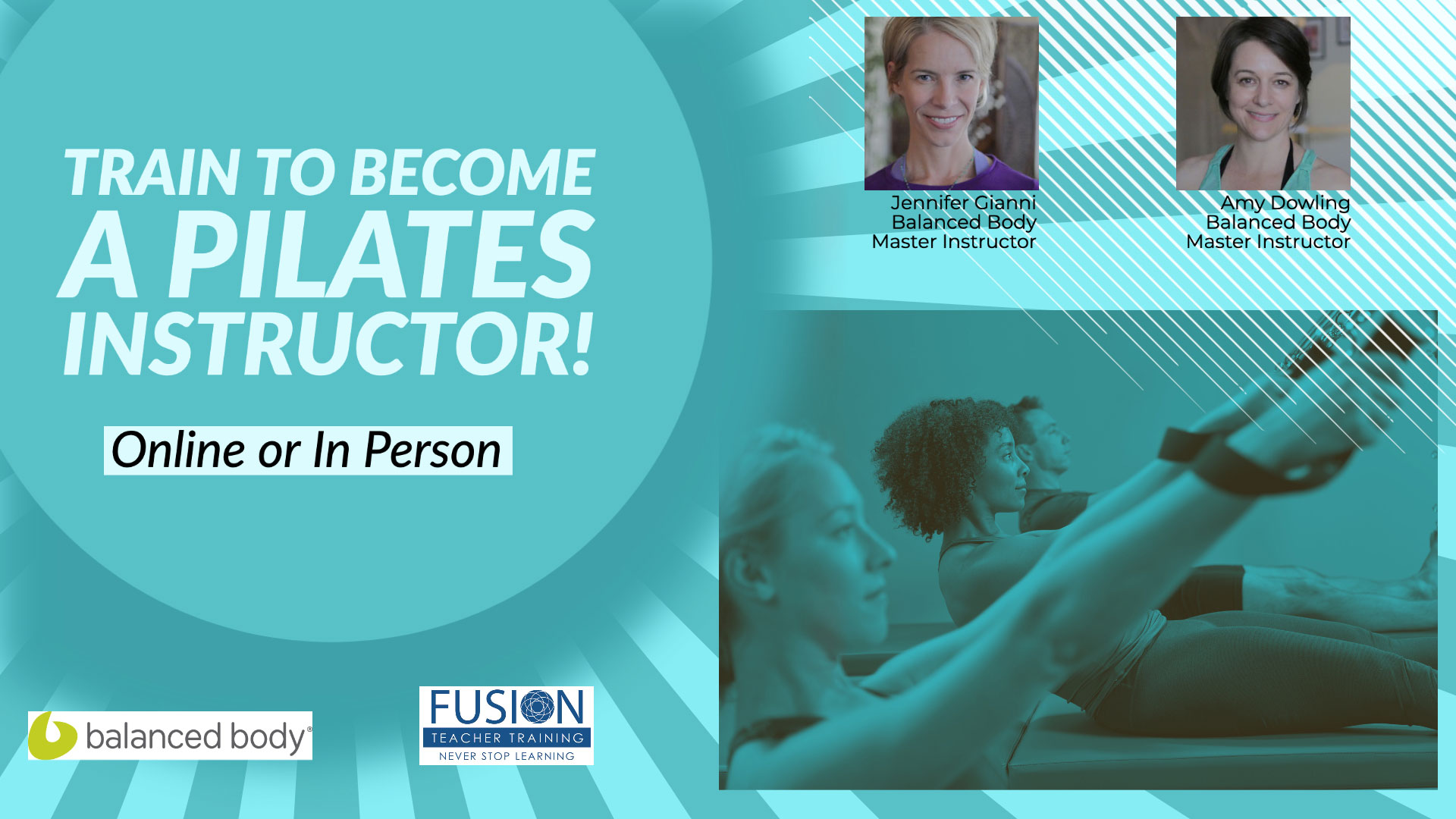 When rotating our torsos, most of us find that we must retract the shoulders and/or shift our hips to turn our bodies. Moving in this way prevents us from accessing the many joints in our spine. Each vertebra has one joint on each side. There are seven cervical vertebra, twelve thoracic, and five lumbar. With these twenty-four vertebra, the spine contains forty eight joints in all.
When rotating our torsos, most of us find that we must retract the shoulders and/or shift our hips to turn our bodies. Moving in this way prevents us from accessing the many joints in our spine. Each vertebra has one joint on each side. There are seven cervical vertebra, twelve thoracic, and five lumbar. With these twenty-four vertebra, the spine contains forty eight joints in all.
Each of these particular joints are synovial joints. This means that each joint is surrounded by a capsule of connective tissue which produces a fluid to nourish and lubricate the joint. The joint surfaces are coated with cartilage allowing the joints to move and articulate against each other. It’s basically an internal oiling system for the human body.
If we don’t use these joints properly and frequently, the synovial fluid will stop being produced, which causes all sort of problems including stiffness which in turn allows our backs to become rigid like a board.
Our Pilates practice helps us to maintain proper rotational skills in our daily life every time we turn, to look as someone calls us from behind, reaching for our seat belt, etc. Rotation is also a main facet of many sports such as tennis, kayaking, or golf. If we habitually use bad rotational mechanics in the actions we perform every day, the body will start to break down and cause fatigue and pain as mentioned above.
We have already talked about the pre-Pilates rotation exercises. This time we’ll build on that work and put those skills to the test with a few classical exercises.
Exercise: The Spine Twist
• On a mat, sit up as tall as possible with the arms stretched out from your side.
• Keep your legs straight out in front and glue them together.
• Flex your feet by pointing your toes toward your torso.
(If you experience tight shoulders, lower back, or hamstrings, see the modifications below.)
• Keep your sitz bones planted and your pelvis and hips still and square.
• Inhale and start the rotation from lumbar vertebra five (directly in line with your belly button).
• If your feet are sliding against one another, your pelvis is not staying square.
• As you rotate, imagine you are climbing the spiral staircase of your spine. Your eyes should find the top stair of your spiral staircase as you rotate around.
• Exhale deeply as you come back to center. Reach the crown of the head to the ceiling and get as much length in your body as possible.
Modifications
• If you experience tight shoulders, place your fingertips on top of your shoulders with the elbows pointing to either side of the room. Another option is to put your hands behind the head with the fingers laced or to cross your arms over your chest with the elbows lifting slightly to the ceiling.
• If you experience a tight lower back and/or hamstrings, sit on one or two folded blankets and soften the knees.
Exercise: The Spine Twist Variation
• Do the exercise as described above, but on the rotation, at a slight pulsing movement. Imagine your torso as a sprinkler shooting water across a lawn.
Exercise: Crisscross Abdominals
You may recognize this exercise as one you’ve seen being done in the gym – most likely too quickly and with improper form. We’re going to focus on performing the Pilates Crisscross slowly, deliberately, and with complete control. The exercise is much more difficult this way (and therefore more effective) because you are not able to rely on your momentum to get you through.
• Lie supine on a mat with the legs in table top and the hands laced behind the head.
• Exhale and roll the front ribs into the back ribs to bring the head and shoulders up.
• Keep the elbows stretched back.
• Anchor just below the tips of the shoulder blades.
• Inhale as you extend your right leg out above the mat and twist your upper body until the right armpit faces the bent left knee.
• As you turn, make sure you lift from below the shoulder to reach the knee instead of just moving from the shoulder socket.
• Look back at your left elbow to increase the stretch and hold the position as you exhale.
• Switch sides as you inhale.
• Do five to ten sets.
Here’s a tip for cross-training the breath. As we rotate, our spine becomes naturally compressed. To counteract this, try inhaling as you rotate. A deep inhale will involuntarily lengthen your spine. This helps to counter the compression caused by the rotation to find a little more length in the rotation.
You should also cross-train the breath by exhaling as you rotate, but be sure you don’t sink into your back and lose length.
~ by Jennifer Gianni




Leave A Reply (No comments So Far)
Please - comments only. All Pilates questions should be asked in the Forum. All support questions should be asked at Support.
You must be logged in to post a comment.
No comments yet.